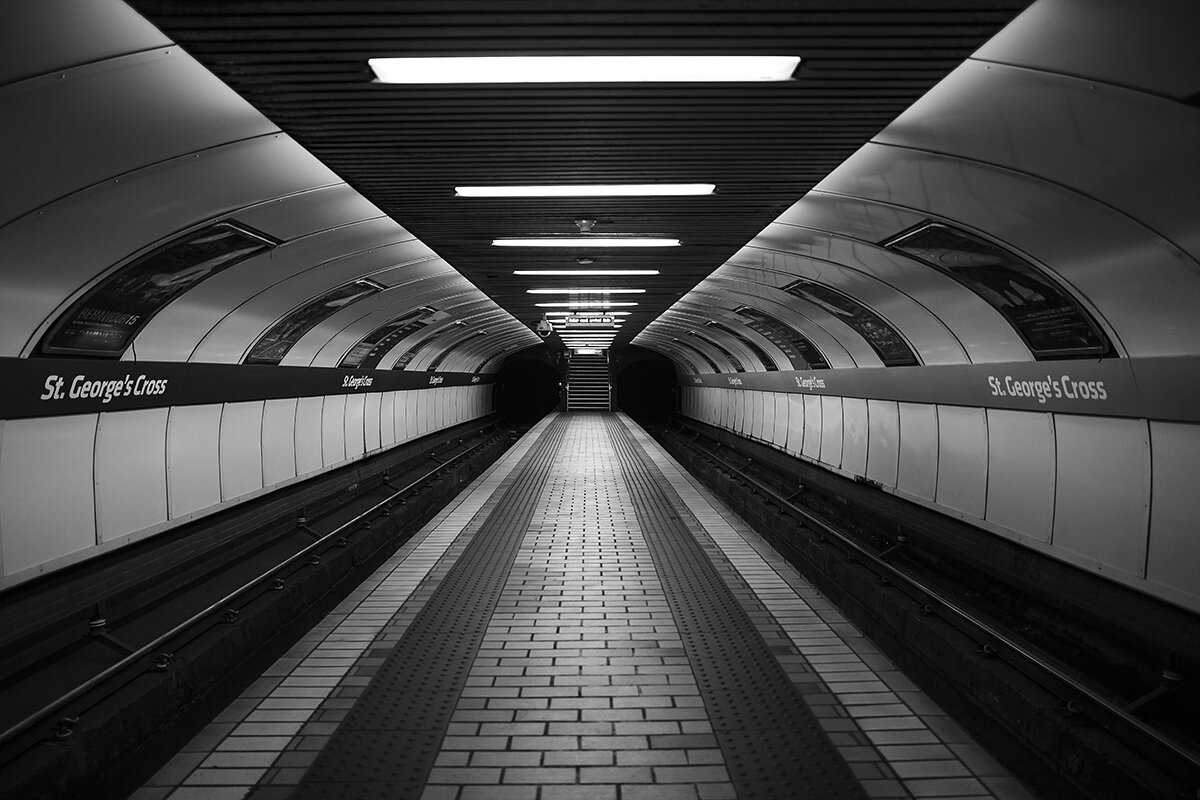Glasgow Subway : Product
delivery
Service design, Product design
2016
Client: Strathclyde Partnership for Transport
Collaborators: Glasgow City Council, University of Glasgow
The ‘Strathclyde Partnership for Transport’ is the subway located in Glasgow and it is the 3rd oldest underground system of the world with a great cultural value. In 2017 we were called to review and rethink the passengers experience in a holistic way, especially in relation to the subway staff existence and interaction. The main focus of this study was to explore the potential of automation, the extend to which it exists in Glasgow’s subway system and future scenarios that could resolve current issues.
Responsibilities:
Desk / Field / Ethnographic Research
User Interviews (passengers, STP staff)
Service Design
User experience design
User Interface design

Research
Problem statement
The ‘Strathclyde Partnership for Transport’ is the subway located in Glasgow and it is the 3rd oldest underground system of the world with a great cultural value.
However, the old infrastructure along with the lack of investment in new technologies, form considerable difficulties to the passenger journeys and experience with SPT services.
Brief
1. Improve / re-think / define the passengers experience
2. Relate staff responsibility with user journeys
3. Enhance passenger engagement with SPT
User Definition
Primary
People commuting around Glasgow by tube and feet (Glaswegians, everyday commuters, students, tourists)
People interested in exploring Glasgow and STP history (Students, newcommers, tourists)
Secondary
People working for the STP services (Staff, drivers, station masters, first-aiders
Understanding the users
Personas
In order to proceed with the desk and field research, the observation of the passengers and the interviews with the subway staff, we created 4 different personas. Robert, Ann, Min-hee and Aisha are passengers all with different needs, available time, and frequency of use. The main aspects that the 4 users care about are: A. speed of ticket acquisition, B. information about location and transport, and C. support service.
Current user journey
Here all four different user journeys are depicted in order to show briefly the relation of the four passengers while using the SPT service. Each step of the journey is illustrated in relation to time during which the satisfaction of the users is also featured. The green squares above the steps represent the friction points of the journey.
Service Blueprint
In this stage Min-hee was set as a primary user. The reason is that different needs are combined into one persona, since she is student, she just came to Glasgow (like Aisha), she cares about not being late for the university (like Robert for work) and on top of that, she needs support.
Friction points interrupt the natural flow of the user inside the service. Through the service blueprint the friction points that trigger adversity to the passenger are indicated and defined. The reason of their existence is the defective and defficient facilities that SPT provides to the people in need, which pertain mainly to the old infrastructure.
Ideation
Insights and opportunities mapping workshop
After the field research, lots of insights were observed and collected. A lot of insights concern automation issues, such as the non acceptance of international cards, or some issues about the ticket machines.
Other insights depict the facilities of the subway and the condition of the infrastructure. That is to say the lack of escalators or lifts. The communication with the staff in case of emergency is another issue that emerged during the research. The lack of a map, timetable or other stations can also cause aggravation to tourists that seek of information.
Pertaining to the gathered insights several opportunities appeared, whose combined total can be realised through the existence of an online application.
Defining the solutions
Crazy 8s workshop
The existence of an online application is the first concept, by combining all the initial ideas; the QR code tickets, the online provision of information concerning location and transportation and the requests for support to staff and volunteers.
First prototype
Based on the ideation process during the crazy 8s workshop, I crafted the first prototype of the application. The main nav contains 4 different parts, concerning the map, the online payment, the online support and the personal information.
Evaluating
User Testing and feedback
The first feedback was given by mostly young people that are frequent users of the subway service. They all think that an application can make the service experience better and solve some of the problems that they face (such as receiving notifications for some non-scheduled events). Also they all agree that an underground internet network is a must.
Re-designed user journey
This is the revised user journey of Min-hee, the persona example we used before. Now, the touch points signify the different steps during the experience of the user. All of the touch points used to be friction points in the initial user journey.
Re-designed service blueprint
The initial blueprint is also redesigned in order to illustrate the the use of the service by the same passenger that was employed before while using the subway application. Since it concerns a new, revised journey, some new steps are added, as it was mentioned before. The actions that are related to the application are the revised friction points which are now touchpoints. These actions are highlighted with a red dot.
















